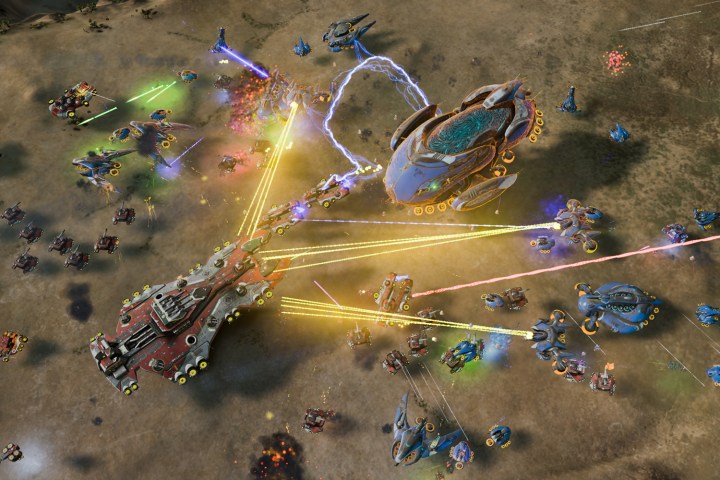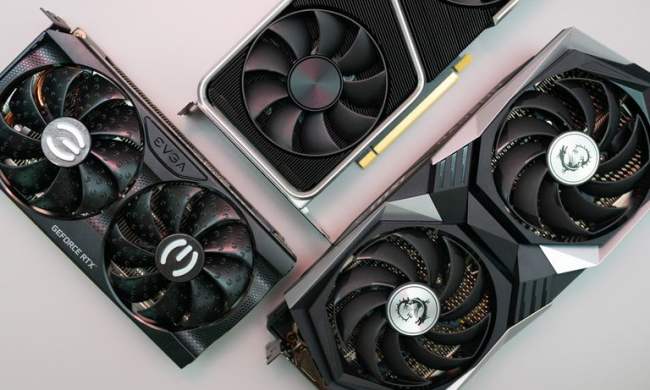
More specifically, the Nvidia card managed 56.8 frames per second during the normal batch, 50 frames per second during the medium batch, and 43.7 frames per second during the heavy batch. On the AMD front, the Radeon R9 Fury X cranked out 52.9 frames per second during the normal batch, 45.3 frames per second during the medium batch, and 37.7 frames per second during the heavy batch.
According to the benchmarks, the Windows 10 test system consisted of an Intel Core i7-5930K processor clocked at 3.5GHz, with 32GB of RAM. The benchmark utility resides within the Ashes of the Singularity game itself, with the version being 1.10.19388.0 at the time of testing. The “Crazy” preset level used in the tests includes fullscreen mode, point light quality set at high, glare quality set at high, 16 million shading samples, 16 million terrain shading samples, shadow quality set at high, and multi-sampled anti-aliasing set to 4x.
One thing to note is that the benchmark results for the Nvidia chip shows a resolution of 0 x 0, whereas the resolution in the AMD benchmark shows a 2,560 x 1,440 resolution. This may simply be a glitch in the results, and given that the benchmarks were provided by the same gamer using the same system, the resolution is likely no different between the two tests.
According to the Ashes of the Singularity FAQ, the benchmark is (obviously) fine-tuned for DirectX 12, but PC gamers running DirectX 9, 10, and 11 should be able to run the built-in benchmark without much of a hitch. The test runs a scene from within the hot new sci-fi themed real-time strategy game so that users can see how well their PC can handle all the visual goodness.
The Nvidia GeForce GTX 1080 launches later this month for $600 ($700 for the Founders Edition). The card will have a core clock of 1,607MHz, a boost clock of 1,733MHz, 8GB of VRAM, a memory clock speed of 10Gbps. It will be jam packed with a whopping 7.2 billion transistors thanks to TSMC’s 16 nanometer process technology.



